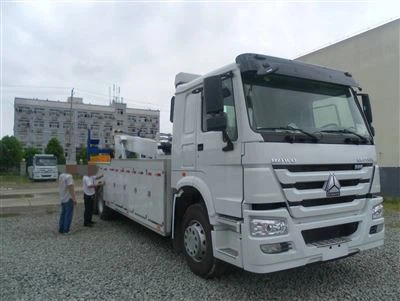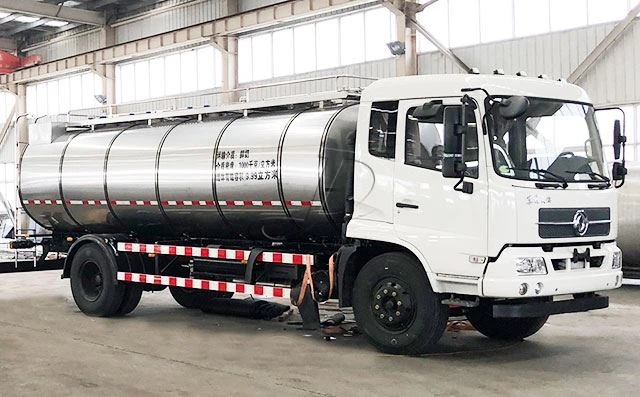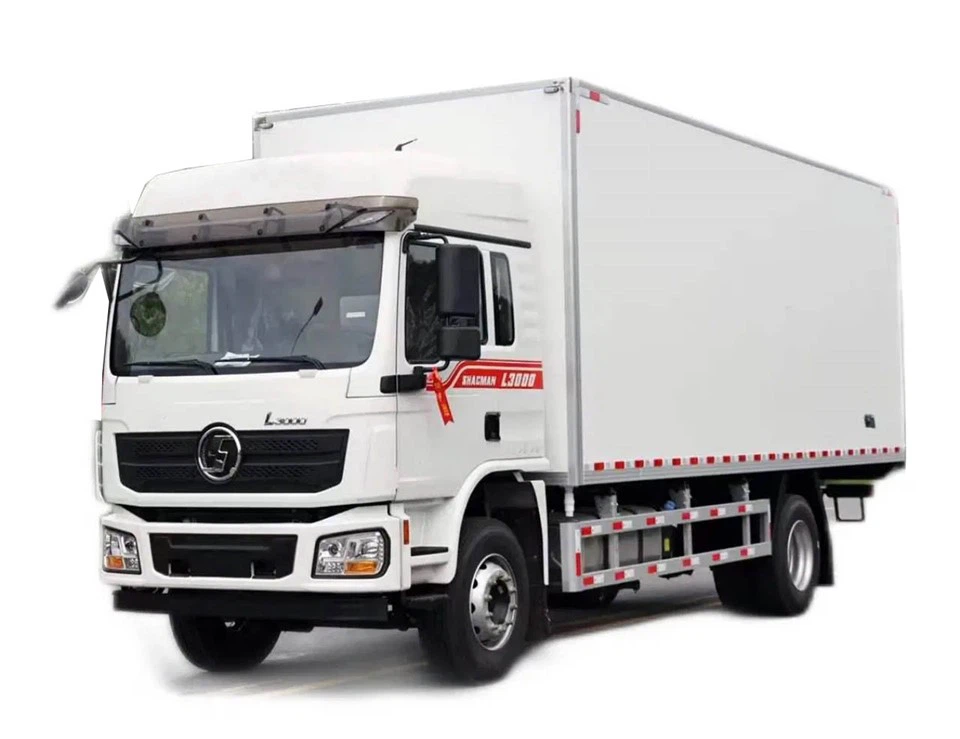Delivery by Truck: A Comprehensive Guide

Introduction
Delivery by truck plays a crucial role in today’s logistics and supply chain management. With the growth of e-commerce and the increasing need for quick and efficient transport solutions, understanding truck delivery systems is essential for businesses and consumers alike. This article will cover various aspects of truck delivery, including types, benefits, challenges, and tips to optimize the process.
The Importance of Delivery by Truck
Truck delivery is vital for several reasons:
- Accessibility: Trucks can reach rural and urban areas, making them essential for local deliveries.
- Versatility: They can transport different types of goods, from perishable items to construction materials.
- Cost-Effectiveness: Truck delivery can be more affordable than other transportation methods, especially for short distances.
Types of Truck Deliveries
Understanding the different types of truck deliveries can help you choose the best option for your needs.
1. Full Truckload (FTL)
Full Truckload delivery involves transporting a large shipment that occupies the entire truck’s capacity. This is often the preferred method for businesses with significant shipping needs.
2. Less Than Truckload (LTL)
Less Than Truckload delivery is used for smaller shipments that do not require a full truck. Multiple customers share the space, reducing costs for each.
3. Refrigerated Truck Delivery
Refrigerated trucks are essential for transporting perishable items such as food and pharmaceuticals. They maintain a specific temperature to ensure product quality.
4. Flatbed Truck Delivery
Flatbed trucks are used for hauling large and heavy items that may not fit in standard trailers. They are commonly used in construction and manufacturing.
5. Specialized Truck Delivery
Some deliveries require specialized trucks, such as hazardous materials transporters or vehicles designed for oversized cargo.

Benefits of Delivery by Truck
Truck delivery offers numerous advantages that make it a popular choice for many businesses.
1. Flexibility
Trucks can be routed based on the specific needs of the customer, allowing for customized delivery schedules.
2. Speed
Truck deliveries can be executed quickly, especially for short to medium distances, making them ideal for urgent shipments.
3. Visibility
Modern tracking systems provide real-time updates on shipment status, improving transparency and customer satisfaction.
4. Eco-Friendly Options
Many trucking companies are adopting eco-friendly practices, such as using alternative fuels and optimizing routes to reduce emissions.
Challenges in Truck Delivery
While truck delivery has many benefits, it also faces several challenges.
1. Traffic Conditions
Traffic congestion can lead to delays and increased fuel consumption. It is essential to plan routes effectively to mitigate this issue.
2. Road Regulations
Truck drivers must adhere to strict regulations regarding weight limits, driving hours, and safety protocols, which can impact delivery schedules.
3. Weather Dependence
Adverse weather conditions can disrupt delivery times and pose safety risks for drivers.
Best Practices for Optimizing Truck Delivery
Implementing best practices can enhance the efficiency of your truck delivery process.
1. Route Optimization
Use software tools to analyze traffic patterns and identify the fastest routes for deliveries.
2. Load Planning
Optimize loading to ensure maximum space utilization and minimize damage during transport.
3. Regular Maintenance
Ensure that trucks are regularly maintained to prevent breakdowns and delays.
4. Staff Training
Train drivers in safe driving practices and efficient loading/unloading procedures to enhance safety and productivity.
Cost Factors in Truck Delivery
Various factors influence the cost of truck delivery, including:
| Cost Factor | Description |
|---|---|
| Distance | The longer the distance, the higher the shipping cost. |
| Weight | The weight of the shipment directly affects pricing, with heavier loads costing more. |
| Type of Goods | Hazardous or fragile items may incur additional fees due to handling requirements. |
| Fuel Prices | Fluctuations in fuel prices can impact overall delivery costs. |
Technology and Innovations in Truck Delivery
Advancements in technology are transforming truck delivery.
1. Fleet Management Software
These tools help monitor truck routes, fuel consumption, and driver performance, improving overall efficiency.
2. GPS Tracking
Real-time tracking systems allow businesses to keep customers informed about delivery status and estimated arrival times.
3. Automated Routing

Automated systems can suggest optimal routes based on current traffic conditions, significantly reducing delivery times.
Global Trends in Truck Delivery
As the world evolves, so does the truck delivery industry. Current trends include:
1. Sustainable Practices
Companies are increasingly focusing on sustainability, incorporating alternative fuels and eco-friendly logistics practices.
2. E-commerce Influence
The rise of e-commerce is driving demand for faster, more reliable truck delivery services, particularly last-mile solutions.
3. Automation
The introduction of autonomous trucks is a potential game-changer, offering reduced labor costs and increased efficiency in the long run.
Case Studies of Successful Truck Delivery Strategies
Learning from real-world examples can provide insights into effective truck delivery strategies.
1. Amazon
By implementing its logistics network, Amazon has significantly reduced delivery times and improved customer satisfaction.
2. Walmart

Walmart’s optimization of its supply chain and delivery processes has enabled it to offer cost-effective and efficient deliveries.
Future of Truck Delivery
The future of truck delivery is likely to be shaped by several key factors:
1. Increased Automation
With advances in technology, automation will streamline operations, making deliveries faster and more efficient.
2. Enhanced Customer Experience
Customer expectations continue to rise, and companies will need to prioritize transparency, speed, and reliability in their delivery services.
3. Regulatory Changes
Changes in regulations surrounding emissions, driver safety, and road use will impact the truck delivery landscape.
FAQs About Delivery by Truck
1. What is the average delivery time for truck shipments?
Delivery times can vary based on distance, type of goods, and routing. Typically, local deliveries can take a few hours, while long-distance shipments may range from one to several days.
2. How do I choose between FTL and LTL delivery?
Choose FTL if you have enough goods to fill an entire truck, as it provides quicker transit times. Opt for LTL for smaller shipments to save on costs.
3. What are the key safety practices for truck delivery?
Key practices include regular vehicle maintenance, ensuring proper load securing, providing driver training, and adhering to road regulations.
4. How can I track my truck delivery in real-time?
Most logistics companies provide tracking solutions via GPS. You can typically access this information through their website or mobile application.
5. Why are fuel prices significant in truck delivery?
Fuel is one of the largest operating costs for trucking companies. Changes in fuel prices directly affect shipping rates.
6. Can truck delivery be environmentally friendly?
Yes, many trucking companies now utilize alternative fuels and optimized routing to reduce their environmental impact, and some even use electric vehicles.
